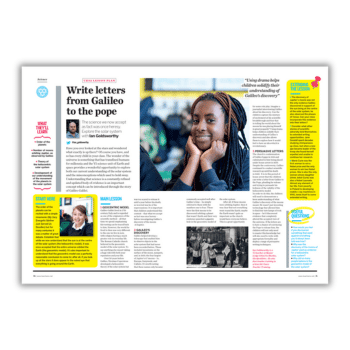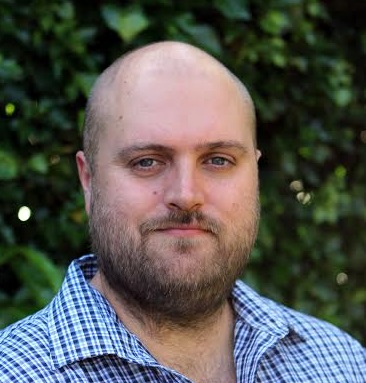The science we now accept as fact was once heresy. This solar system KS2 lesson from Ian Goldsworthy will have your students writing a letter from Galileo to the Pope…
Have you ever looked at the stars and wondered what exactly is up there? Of course you have, and so has every child in your class.
The wonder of the universe is something that has transfixed humans for millennia. The Y5 science unit of Earth and space provides a wonderful opportunity to explore both our current understanding of the solar system and the misconceptions which used to hold sway.
Understanding that science is a constantly refined and updated body of evidence is an important concept which can be introduced through the story of Galileo Galilei.
Solar system KS2 learning objectives
- Order of the planets
- Number of moons orbiting Jupiter, as observed by Galileo
- Theory of the heliocentric solar system
- Development of our understanding of the movement of the planets in the solar system
Starter activity
The order of the planets can be recited with a simple mnemonic (My Very Energetic Mother Just Served Us Noodles) but for many centuries it was a matter of great debate.
Establish that while we now understand that the sun is at the centre of the solar system (the heliocentric model), it was once accepted that the entire universe orbited the Earth (the geocentric model).
It’s also important to understand that the geocentric model was a perfectly reasonable conclusion to come to.
After all, if you look up at the stars it does appear to the naked eye that everything is going around the Earth.
Ian Goldsworthy is a Y2 teacher at Manor Lodge School in Shenley, Hertfordshire. He also does teacher training in science for Essex Teacher Training. Browse more resources for World Space Week.














